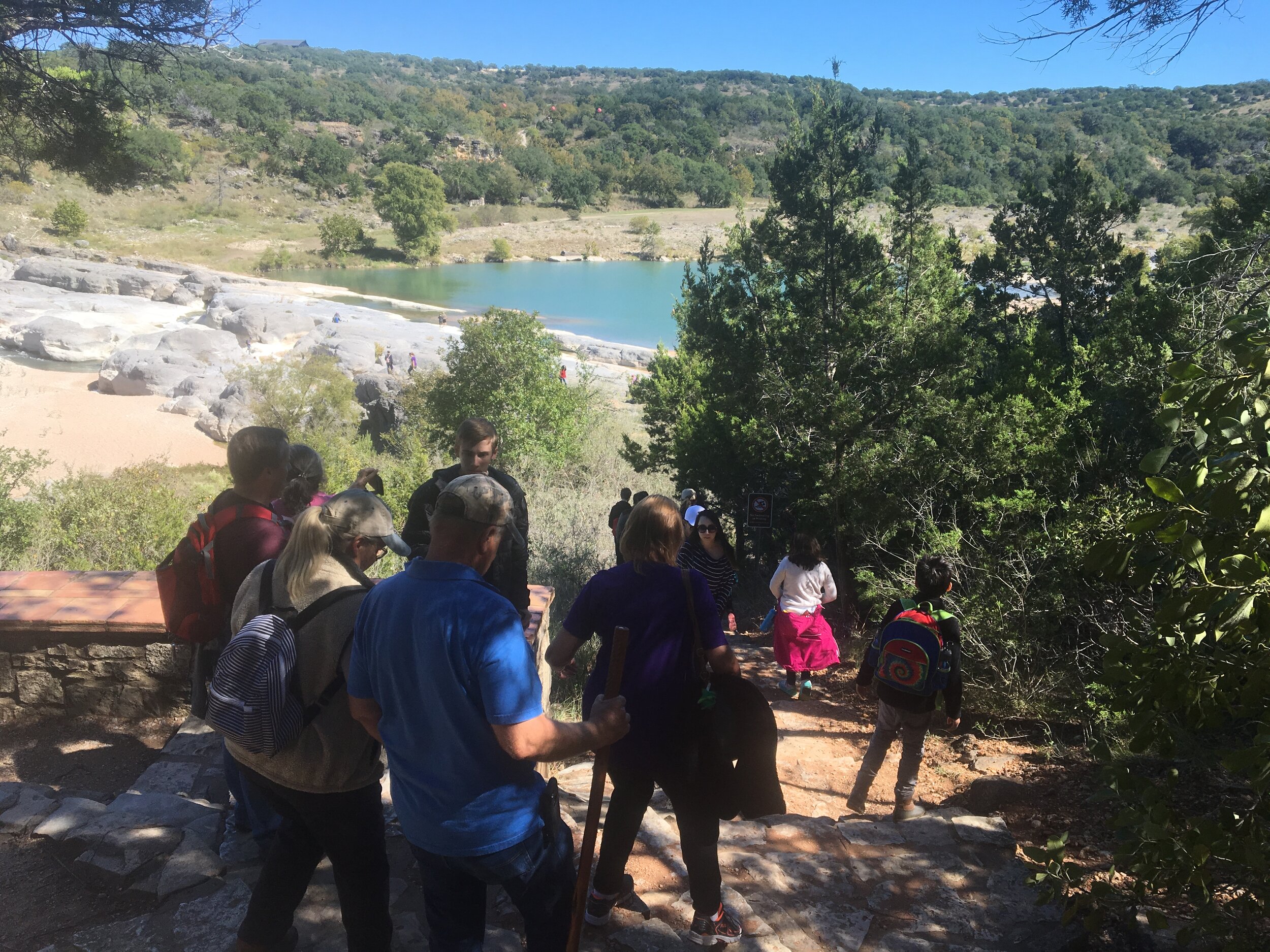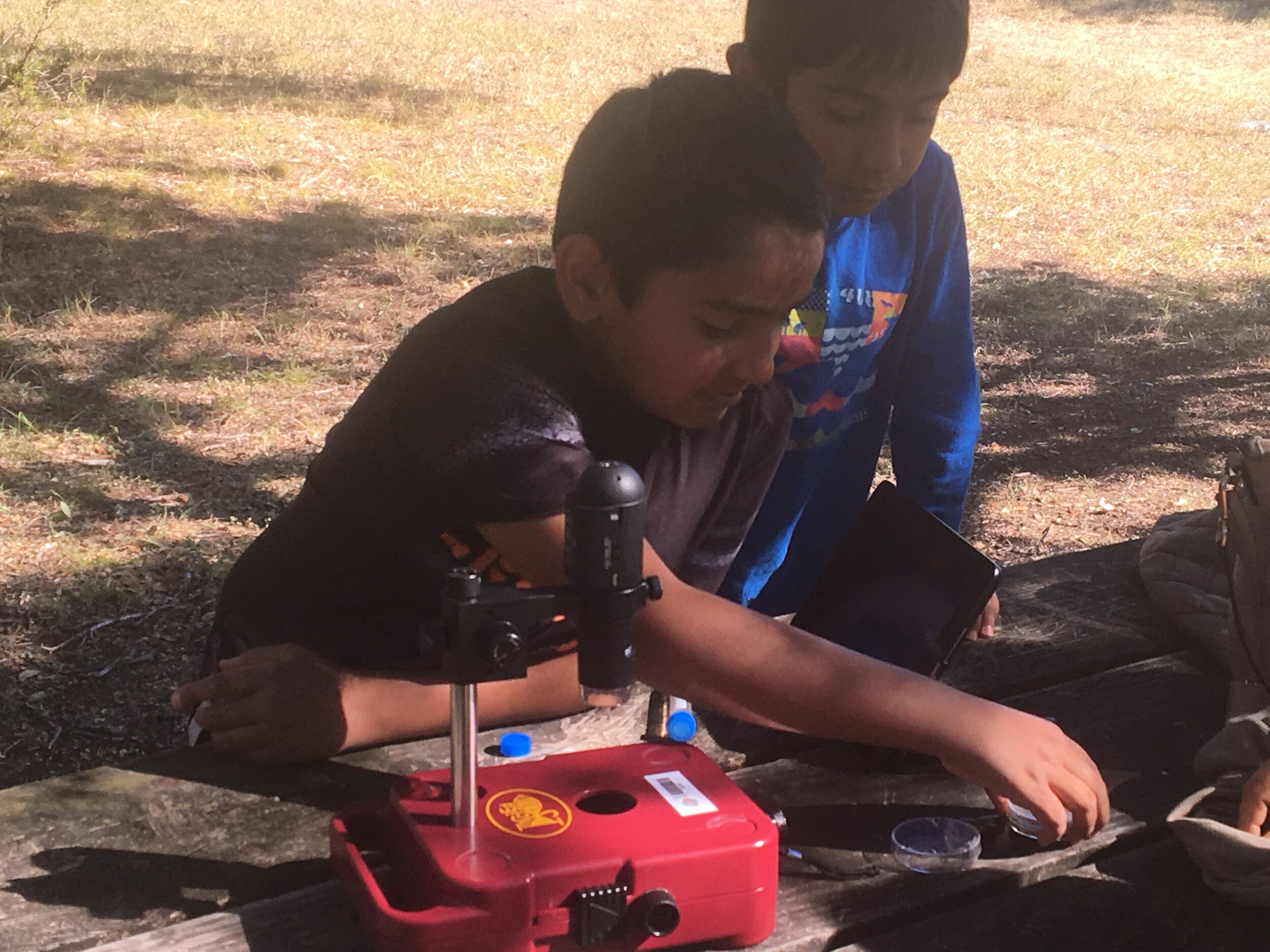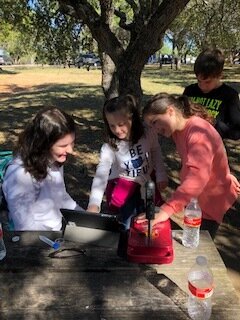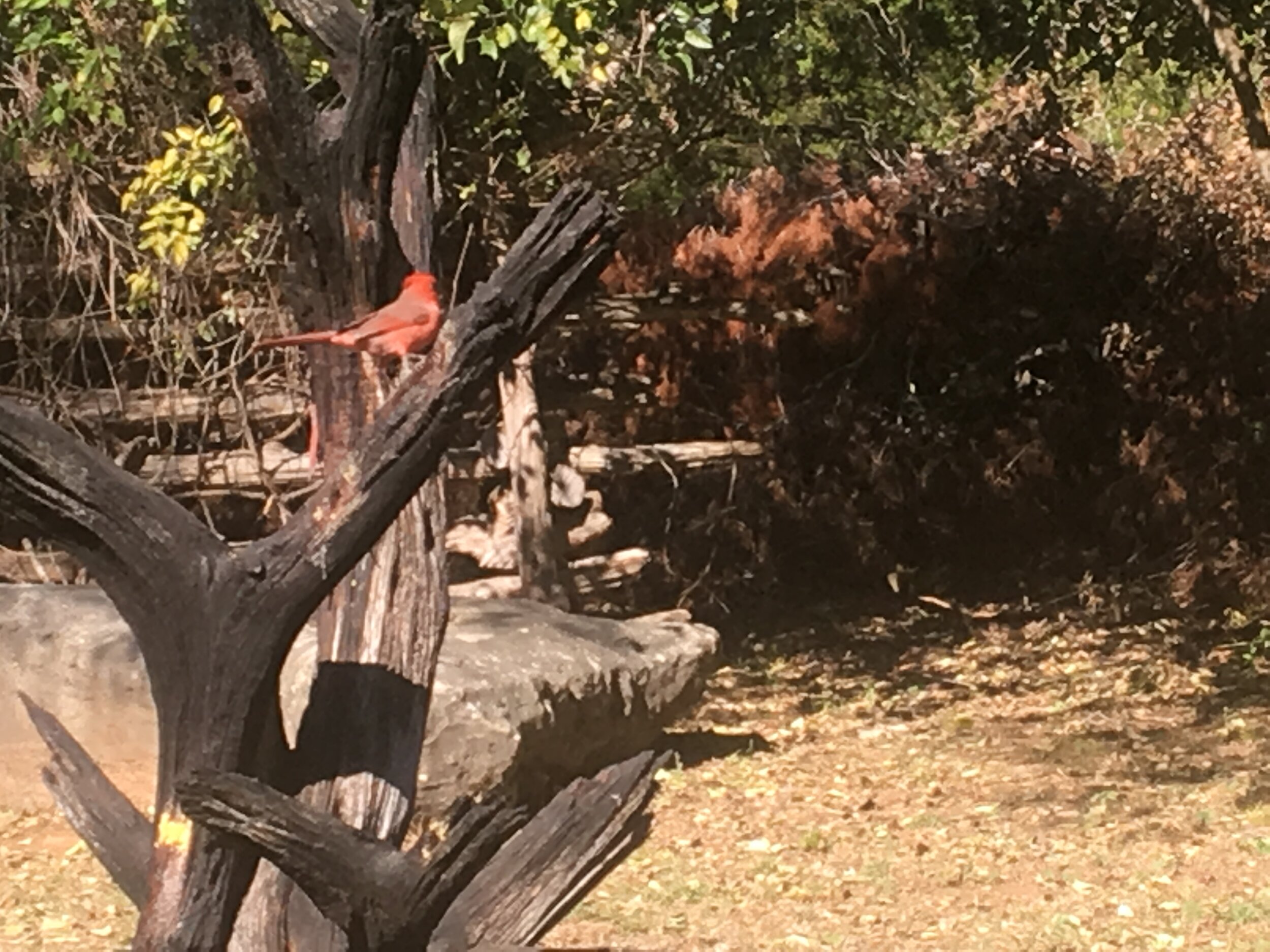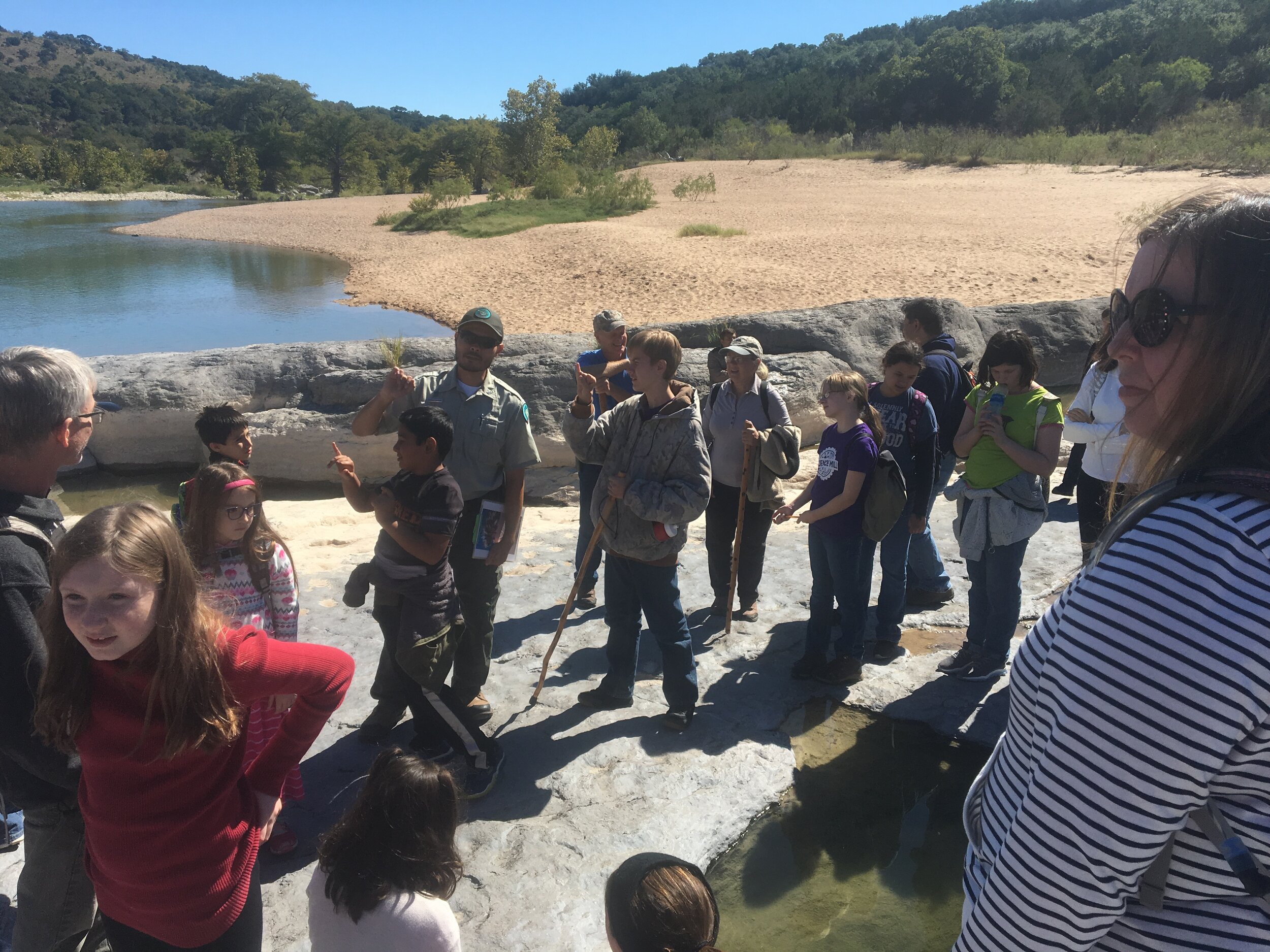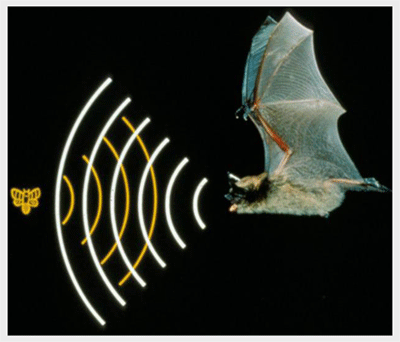Dozens of nature lovers joined us on October 26 for the free Science Outside family workshop at Pedernales Falls State Park. We had a wonderful day of hiking, spotting wildlife and even fossils. (Missed the event? The State Park has some fun resources for a future visit.)
This was the culminating event for our year-long Science Outside program, presented in partnership with Texas Parks and Wildlife. In spring 2019, 4th-7th graders from Blanco and Burnet counties joined us for the Science Outside Club. Kids conducted science activities and experiments in nature, using technology toolkits they received for free. A series of special events amplified the club sessions, including a week-long STEM Career Immersion camp, an overnight stay at Bamberger Ranch for bat watching and stargazing, and field trips to local state parks.
Families got in on the Science Outside fun through two all-day workshops. Here’s what participants at the October 26 event had to say:
The microscope kits were amazing! Thank you for having the binoculars available to use
– Mary[We had] fun collecting specimens, looking at fossils, walking & listening for birds
– BeckieGreat learning experience and family bonding time
– JeanneA fun event…connecting family among themselves, plus connecting with other families
– Abbey
When we say “fun for the whole family,” we mean it: the day’s youngest participant was under 6 and the oldest was over 60! The Science Mill is designed for all ages, too. Little ones will love the Young Explorers area for ages 0-3; bigger kids and kids at heart will have a blast with hands-on exhibits indoors and out, including live animals, gardens and immersive art installations. Bring your whole crew to see us soon and make memories at the Mill.
SNEAK PREVIEW: Science Outside will return to the Science Mill in summer 2020, with two weeks of camp sessions! For your chance to join, watch www.sciencemill.org this winter or email info@sciencemill.org for future details.


